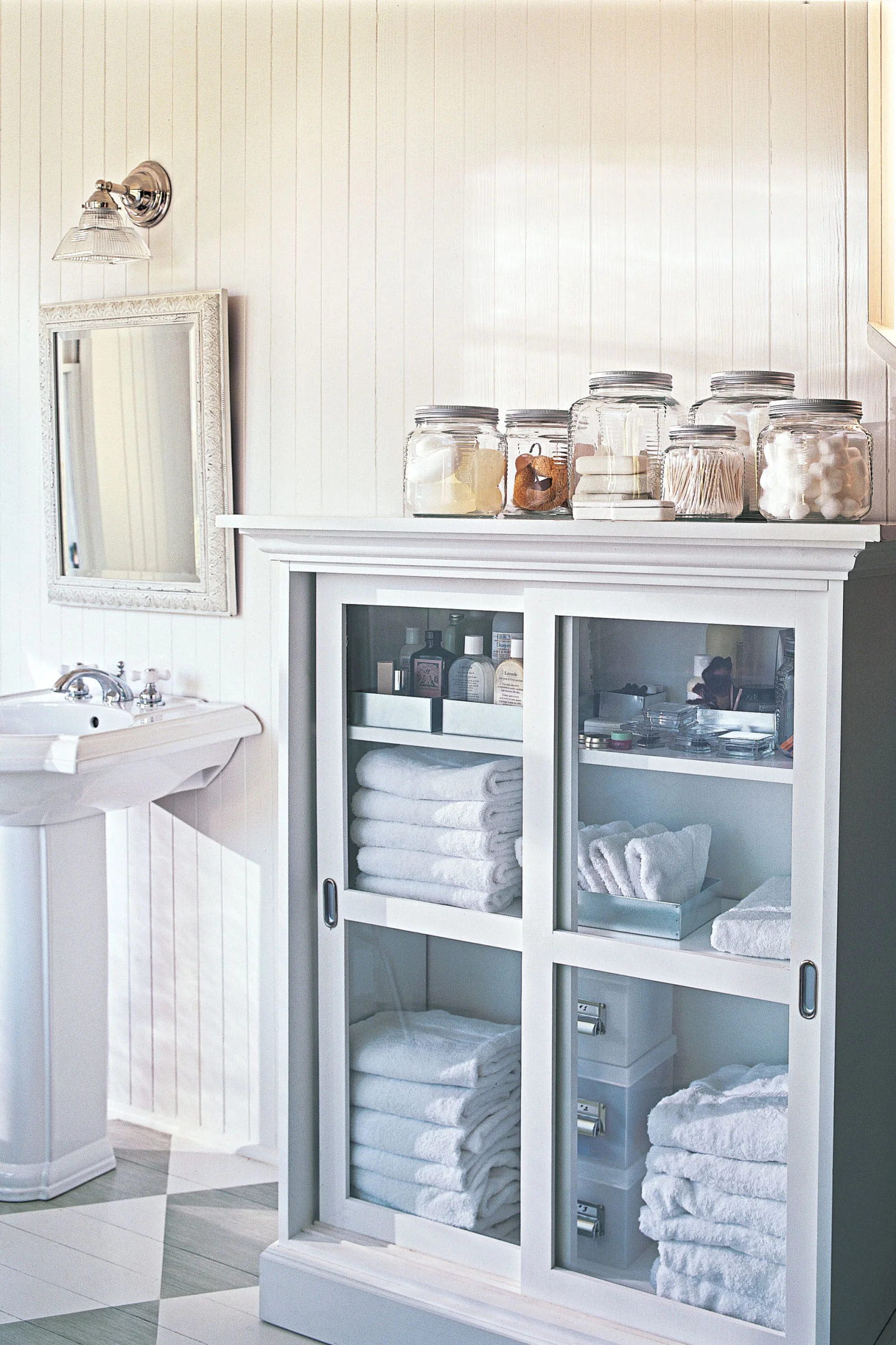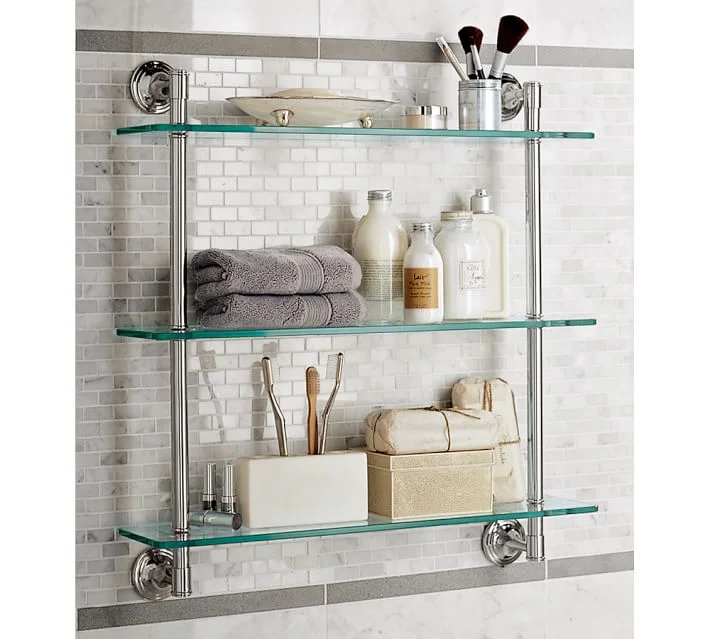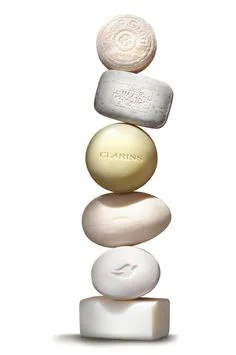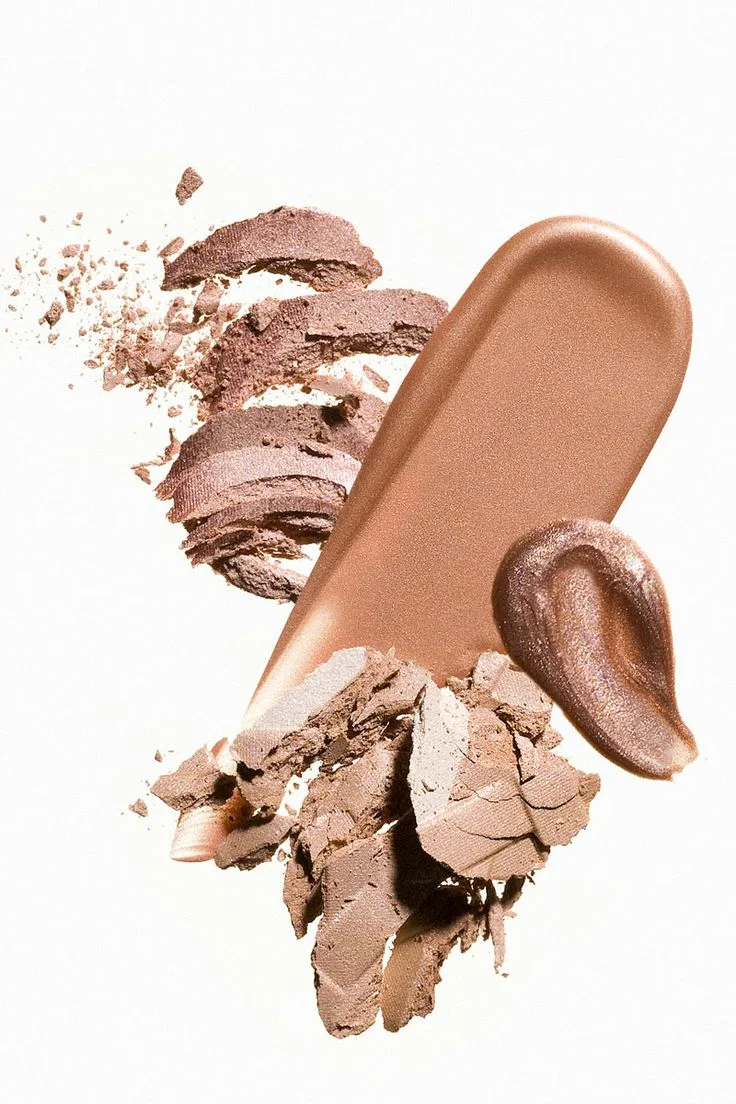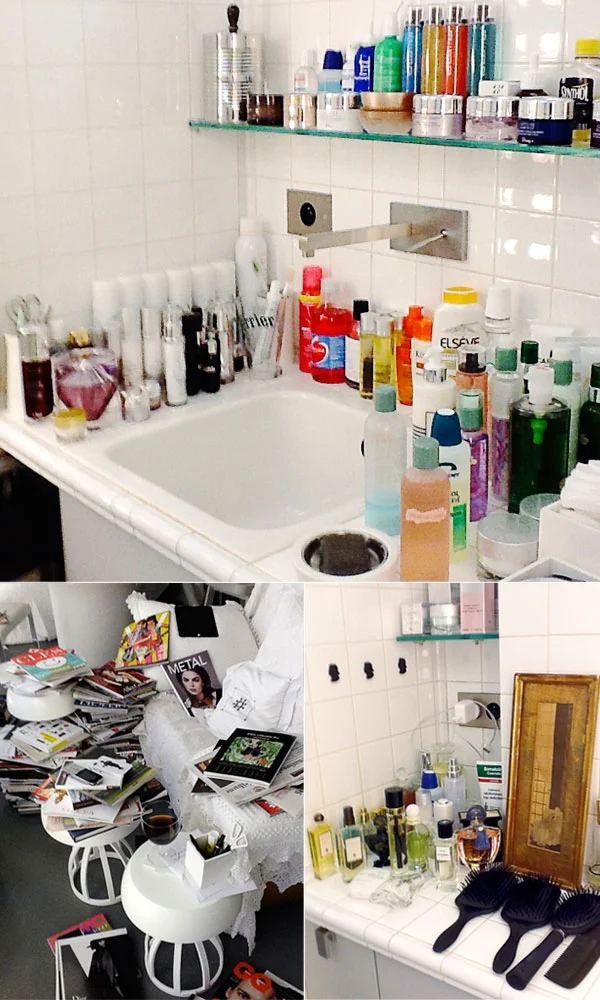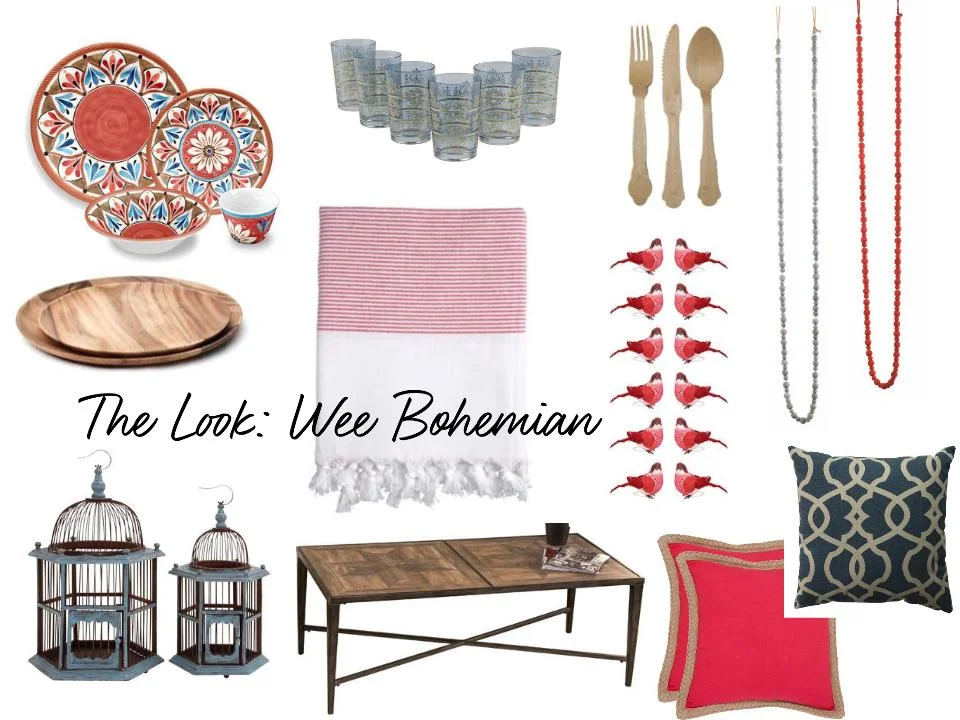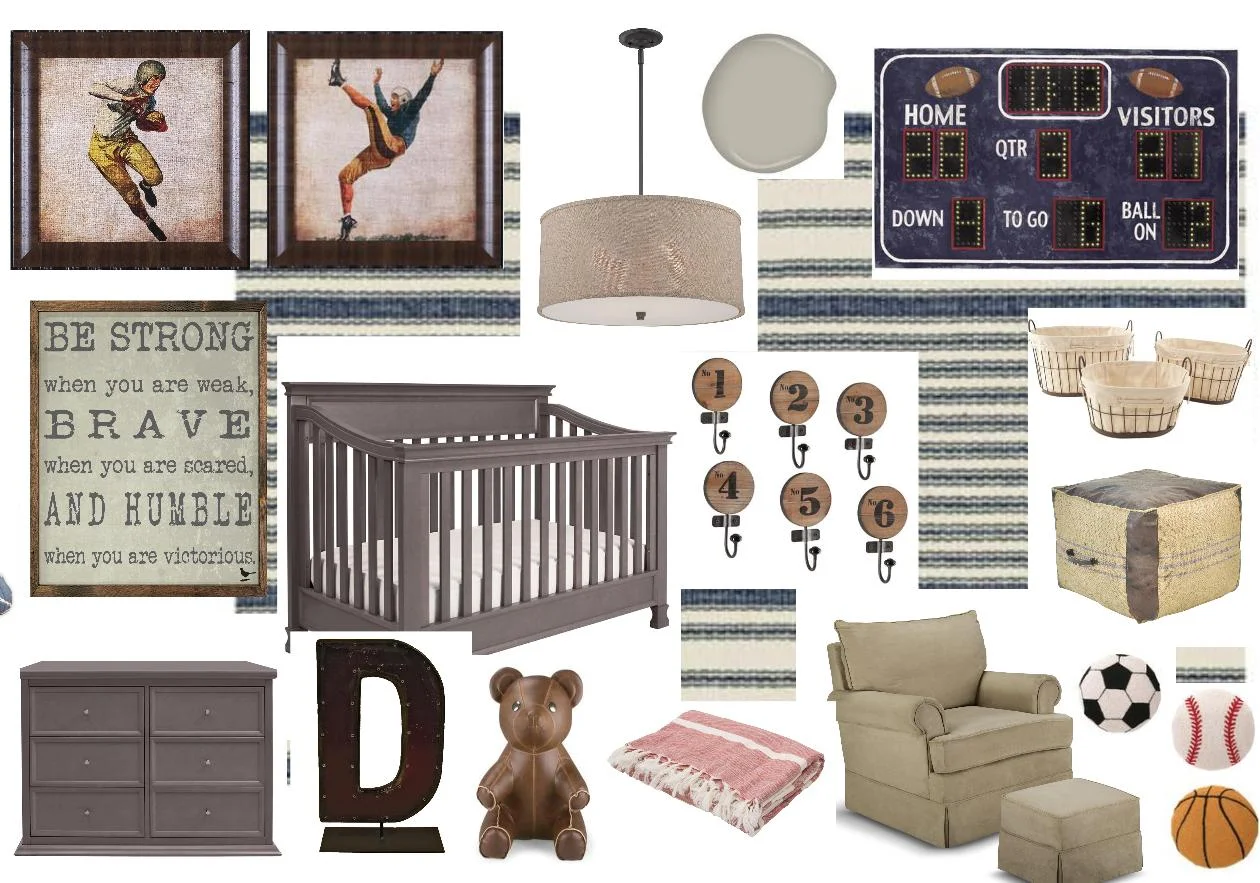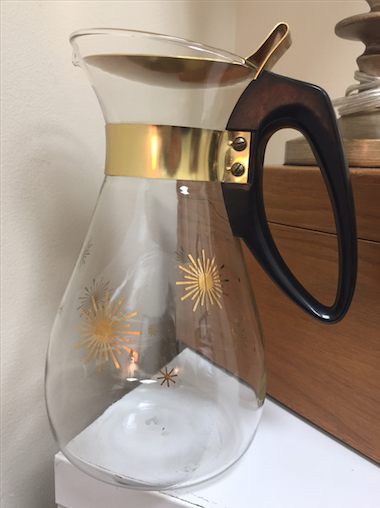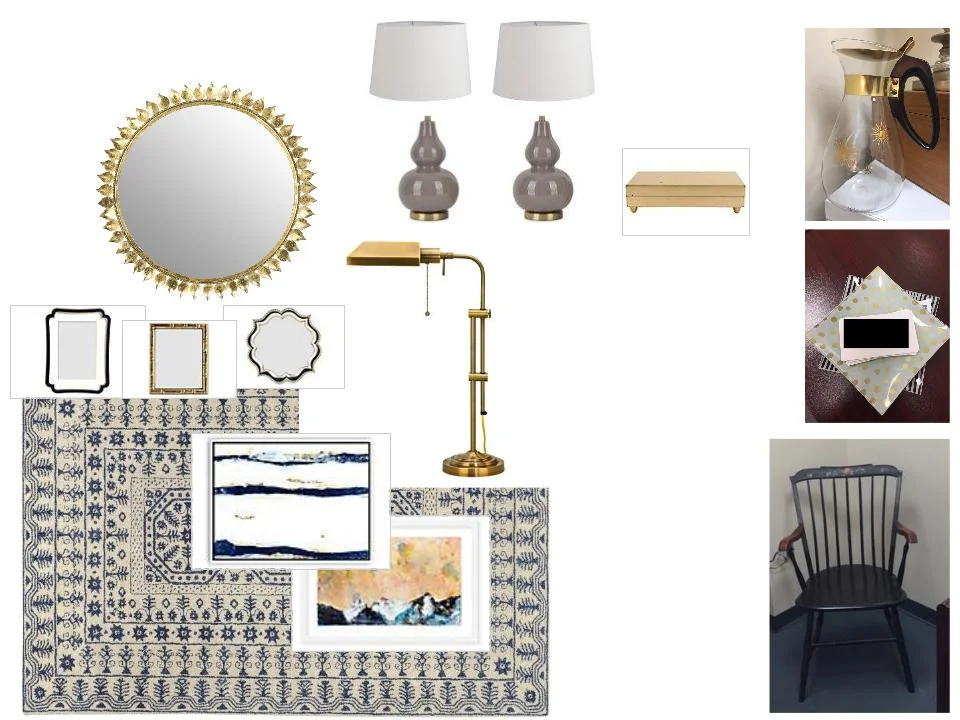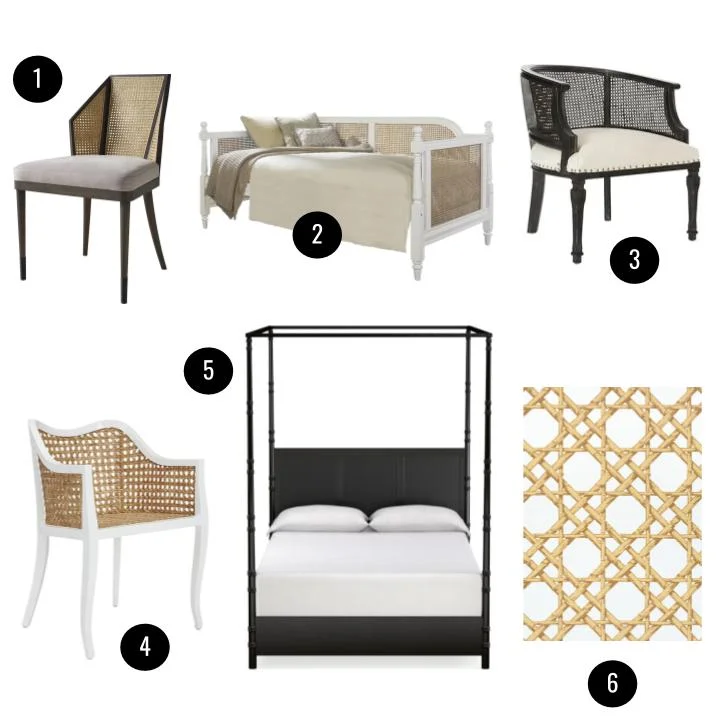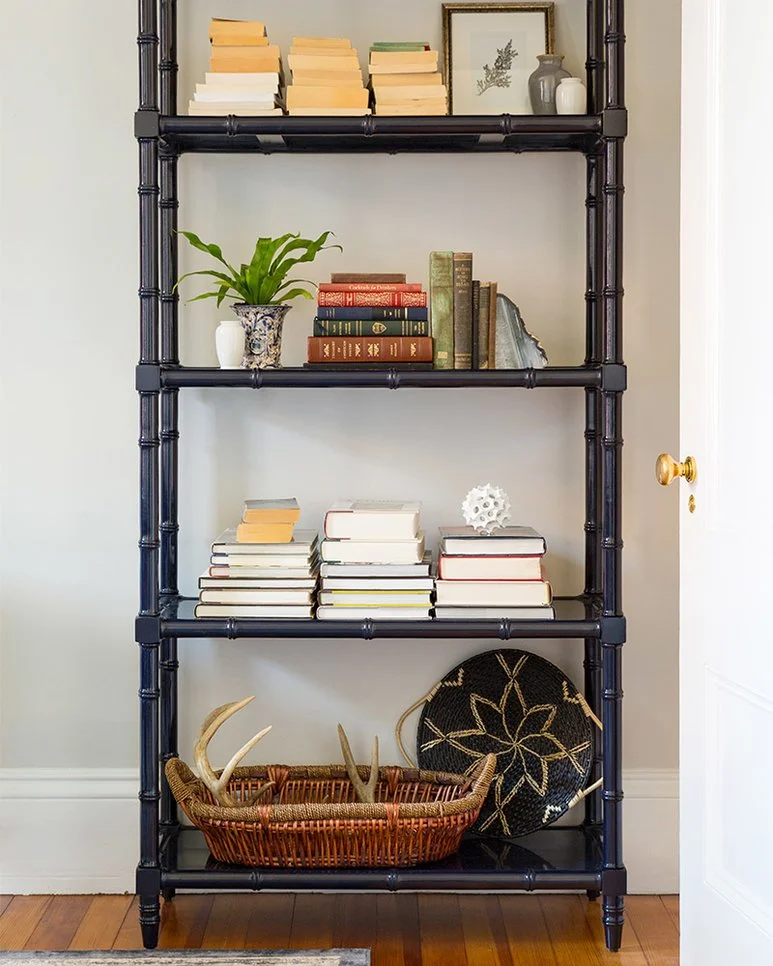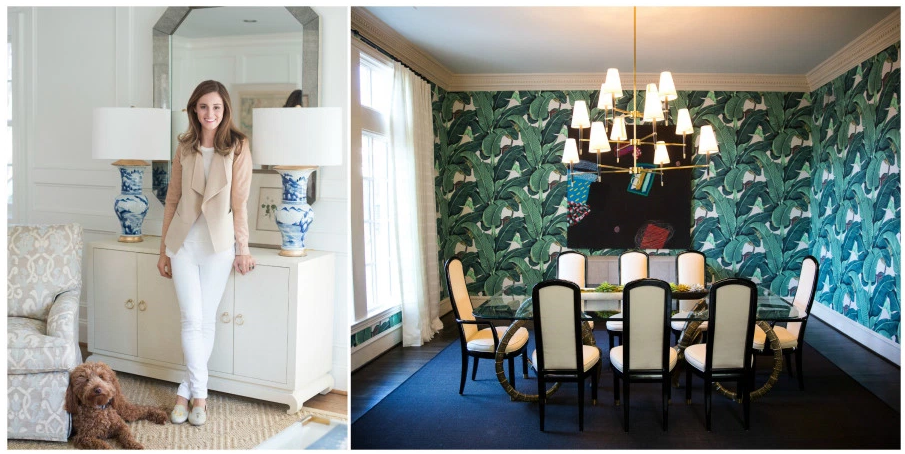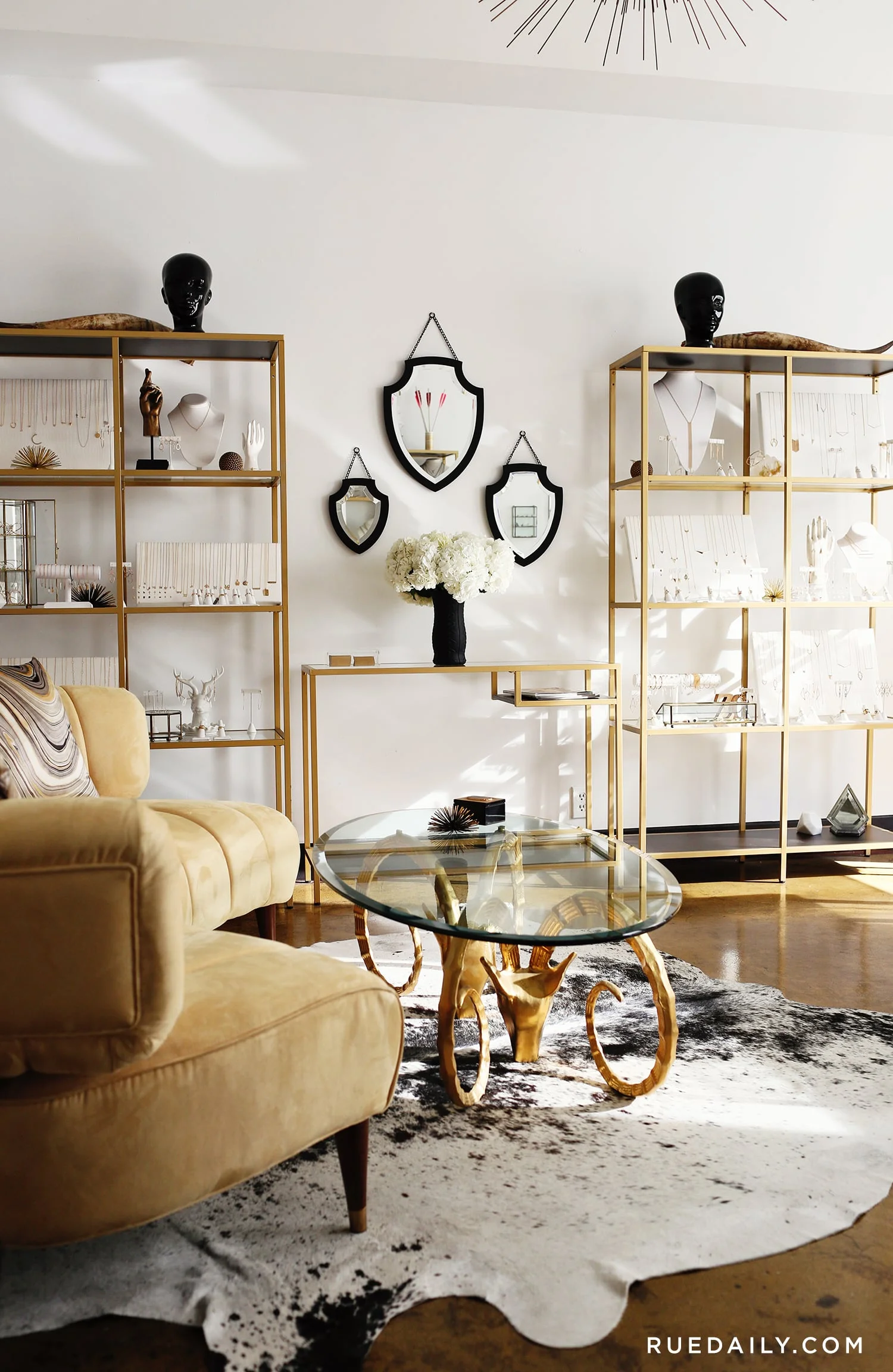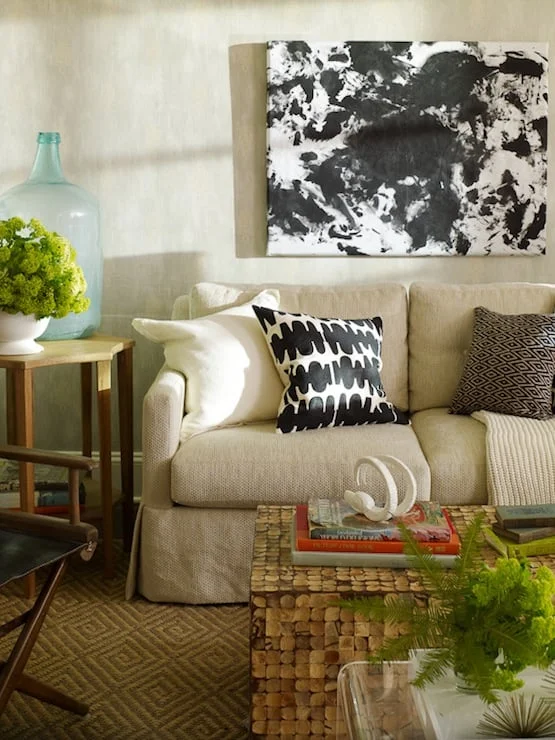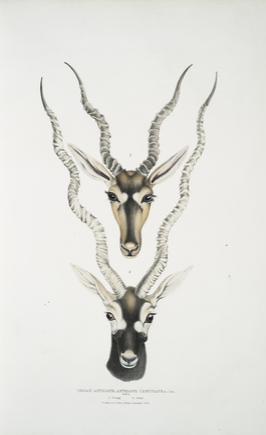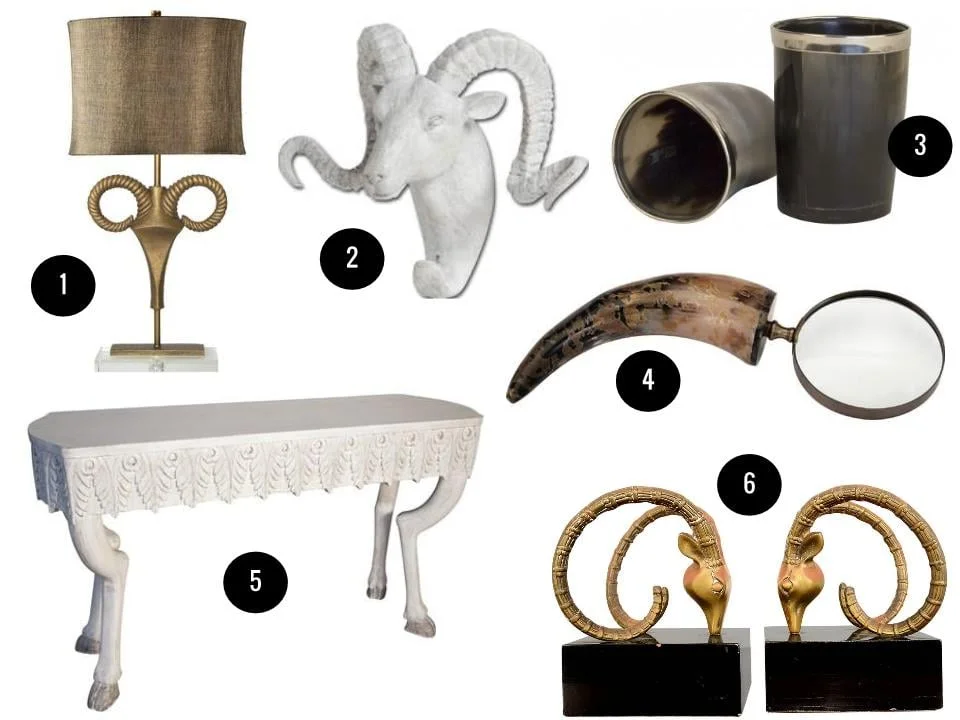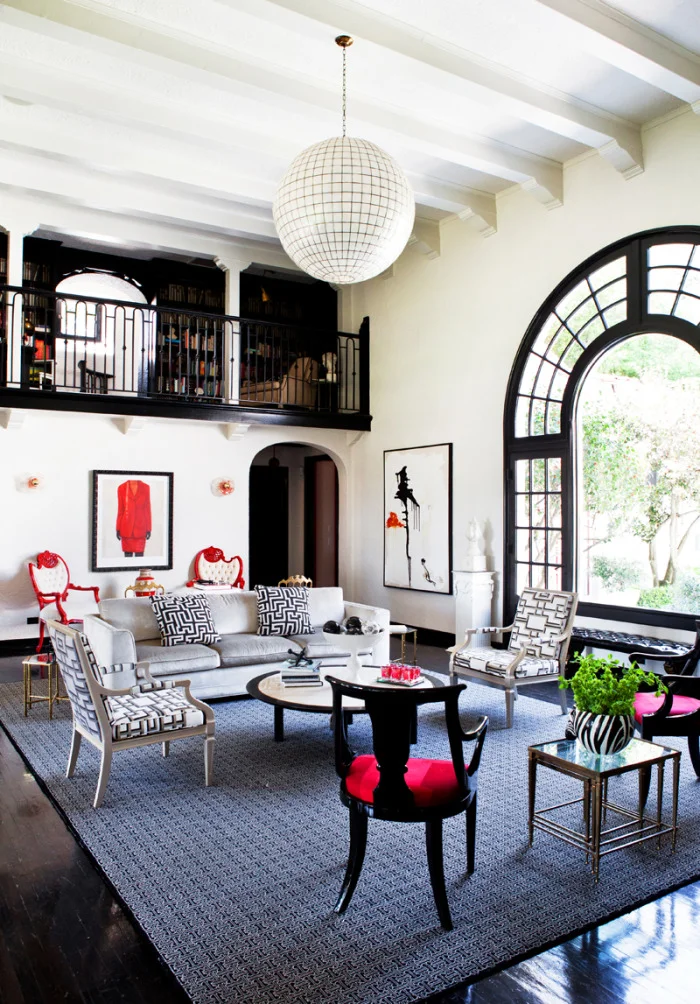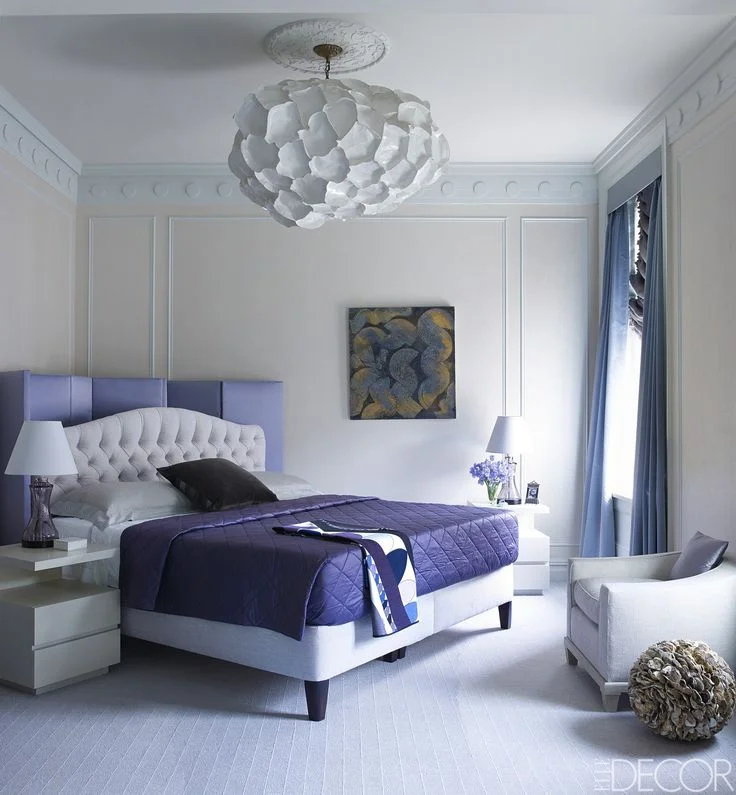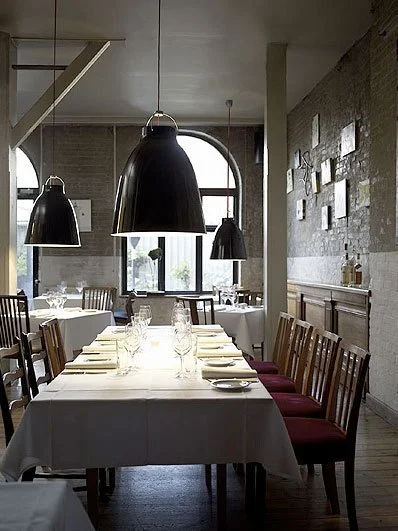When it comes to home and lifestyle trends, I’ll admit I'm not the earliest adopter. I didn't try the South Beach Diet or Master Cleanse until years after every fitness magazine had written about it; I didn’t catch on to the Real Housewives until a few seasons of OC had passed. I still haven't picked up an adult-coloring book. (Talk about a fast-moving trend... Any day now, some cheeky publisher is going to come out with a literal “adult coloring book” that’s completely NSFW.)
Part of it is wanting to see a trend prove out before I jump on the bandwagon, or not have to compare myself to the legions already self-discovering through the latest fad. Which is how I came to devour a copy of professional organizer Marie Kondo’s book The Life-Changing Magic of Tidying Up on a 4.5-hour flight home from Salt Lake City two weeks ago. The sequel, Spark Joy, is already flying off bookshelves, and my curiosity finally got the better of me.
Your guide to Kondo living. $10, Amazon.
The weekend after I read the book, I filled three trash bags with clothing to donate and discard. This past weekend, I filled two more. I’ve plowed through the contents of three closets, re-folded every one of my sweaters and socks, and freed up massive amounts of storage space. My closet now looks like this:
Two weeks ago, all of those empty hangers held clothes.
Shirts and sweaters are folded and "filed" vertically.
Handbags and clutches are stacked so I can easily identify each one in profile (or by its protective dust cover).
I have this strange feeling that, unlike my previous clutter purges, my things are going to stay this way. Getting packed and unpacked from a business trip following the re-org was unbelievably easy; so is getting dressed every morning. I’m a convert.
Vertically-filed pajamas and loungewear, post-Kondo purge.
BUT. There’s one aspect of Kondo’s method that I have doubts about: the mandate that one must declutter a house in full. She instructs readers to winnow one's belongings all in one go, no exceptions. First you do the clothes (every piece you own), followed by your books, then other categories of belongings like papers and mementos, subjecting every piece to her kooky but effective “does it spark joy?” test. This process can supposedly be completed in six months. She is adamant about this all-or-nothing schedule of organizing category by category. Going room by room is no-go.
I don’t have six months to spend organizing. Even if I believed the process would yield me a bigger-feeling house, self-actualization, and a skinnier ass, I cannot dedicate 26 consecutive weeks of 2016 to this process. And with a full-time job, bedrooms on four floors, two kids whose sleep schedules don’t leave me many opportunities to rifle through their closets undisturbed… IT AIN’T HAPPENING, MARIE.
So I’m exploring: Is it possible to do a modified Kondo? Instead of tearing through my house looking for every last article of kids’ clothing, can I do an initial purge and then apply her vetting and organizing techniques to my belongings as I encounter them? In other words, is there a denomination of Kondo-ism that lets me continue the progress I’ve made in a way that works for my crazy life?
Marie Kondo proudly boasts that no client has lapsed after following her carefully prescribed purge, so perhaps modifying is damning... Maybe I'm just setting myself up for a future of coin-littered bedside tables and drawers full of unmatched socks. But I can't know until I try.
Meanwhile, Kondo also rails against the purchase of so-called organization aids like baskets and plastic bins. I totally get why she does; you can't solve the problem of stuff with more stuff. But here are three pieces I found helpful in the Kondo-style conquering of my own clutter. Maybe they'll help you, too.
1. The shallow, open-top basket.
Helps me file folded clothes vertically while leaving enough of each garment exposed so I can identify what I'm looking for. These work especially well for tees, folded jeans, and sweaters (but beware baskets with rough fibers that will catch on knits).
2. The multipurpose box.
Can be used inside a drawer to corral smaller items, like tights and underthings. I also use these all over the house to store kids' toys, because they're stackable and allow the kiddos to easily ID what's inside.
3. An under-bed shoe bin. On wheels.
Kondo seems generally opposed to any storage solution that keeps your belongings out of sight, as those belongings are more likely to become forgotten clutter. But with the seasonal weather shifts we see in New England, I don't see how I can't maintain some deep, put-away storage for my out-of-season kicks. I like these wheeled boxes with picnic-style lids far better than the canvas shoe-storage bags I've used in the past, because the contents of the latter so easily jumble when you're cramming the bag back under the bed. I'll take two, please.
Who knows? Maybe this is terrible advice and you should all do exactly as the joy-sparking guru says. But perhaps my late-to-the-game adoption and modifications of the KonMari method will lead me to my own revelatory, life-changing discoveries. Maybe I’ll be that cult member who starts a new sub-cult and takes you all with me, Jerry Maguire-style. We'll spark our own joy, goddamnit! WHO'S COMING? HUH? WHO'S COMING??
Or maybe I'll just keep folding my socks into sixths. I'll let you know.











